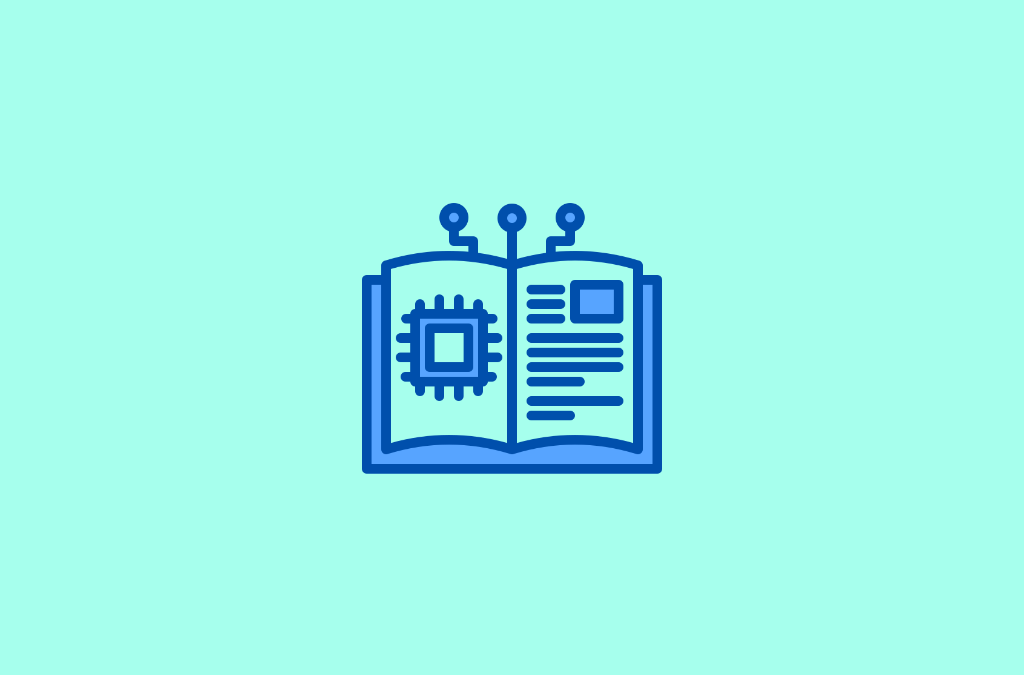
The world is filled with trust-earning organizations: governments, banks, colleges, and businesses. Such organizations work exceptionally well in most situations. Apart from a few well-known breaches including Equifax, Sony, Yahoo etc., Americans are trusting the organizations.
But, that is not the case in other parts of the world. The centralized entity that manages your data is not counting the vote properly or protecting your assets.
Blockchains offer a way to replace these entities and their centralized databases with a distributed database that is protected through cryptography and trust frameworks. This distributed database removes the single point of failure characteristic of centralized databases — also called the trojan horse problem.
“Modern databases are vulnerable to attacks because attackers need only target a central server.”
Summary of Public vs. Private Blockchains
Well most of the people think of blockchains like Bitcoin and Ethereum when thinking about blockchains. Anyone may be interested in these blockchains, which are not like public blockchains.

Crypto CoinThese public blockchains, however, and are not the blockchains most businesses will use.
Instead, companies, and in particular groups of non-trust parties, will use what are called private blockchains. There is a control layer built into the protocol in private blockchains that allows network members to monitor who can join the network and participate in the consensus process (which is why it is called private not public). Instead of allowing each and every one to become a node and validate transactions, private blockchains have a select group of companies / organizations that can become nodes.
Hence private blockchains have a very different level of security than public blockchains such as Bitcoin.
Think of a consortium of banks, for example, that need a shared ledger but don’t trust each other so one bank can host the entire ledger. The group of banks currently will consider a trustworthy third party to host the ledger. This can be avoided though with private blockchains.

Centralised Ledger vs Distributed Ledger
Traditional Databases vs. Blockchains
Current databases use the network client-server architecture where the user can change data stored on a centralized server. Regardless of its nature (SQL or NoSQL), a single authority manages the database and authenticates the credentials of a client if they wish to access it.
This means read and write access is only possible through entity-controlled applications.
If the single authority’s protection is breached, the data may be changed, destroyed, or leaked out to the public.
The blockchains consist of dozens of nodes, hundreds, and thousands. Ethereum blockchain has more than 15,000 nodes at the time of this writing
Every node is basically another admin; -node verifies new blockchain additions, and can enter new data into the database. The majority of nodes must reach consensus for data to be added to the blockchain. We’re going to get into the benefits of this later but, to sum up, this consensus process guarantees network security, but really slows performance.
All past transactions stay on the blockchain on a public blockchain, rather than updating and erasing past entries as is the case with traditional databases. Therefore, blockchains are called unchangeable and distributed ledgers.
Advantages of Blockchain
Robustness
Blockchain is similar to the internet because it has a robustness built in. The blockchain cannot be managed by a single entity and has no single point of failure by storing blocks of information which are similar across its network.
Because each node handles each transaction, no single node is critical to the database as a whole. This makes for a very robust blockchain.
Whether many nodes go down doesn’t matter, because the blockchain will catch them on transactions they skipped.
While standard databases provide replication techniques, blockchains take this to a different level.
Such financial institutions should create a public transaction database with a private blockchain, allow each of the participating institutions the ability to read data from the distributed ledger and be guaranteed to be accurate and reconciled against the data held by the other participants.
Blockchain is similar to the internet because it has a robustness built in. The blockchain cannot be managed by a single entity and has no single point of failure by storing blocks of information which are similar across its network.
Because each node handles each transaction, no single node is critical to the database as a whole. This makes for a very robust blockchain.
Whether many nodes go down doesn’t matter, because the blockchain will catch them on transactions they skipped.
While standard databases provide replication techniques, blockchains take this to a different level.
Such financial institutions should create a public transaction database with a private blockchain, allow each of the participating institutions the ability to read data from the distributed ledger and be guaranteed to be accurate and reconciled against the data held by the other participants.
Disintermediation
Blockchain is disperse and insecure. Data can be distributed over a network of insecure parties without having to be validated or authorized by an intermediary.
Rather than a central administrator, transactions are processed by a network of users that act as a consensus mechanism so everyone creates the same shared recording system at the same time.
This is useful because centralized networks for hackers are becoming easily available anyone with access to the database can break, hack, disclose, or manipulate the data inside. Consequently, as soon as you entrust the data to a normal database, you become reliant on the entity in which the data exists.
The benefit of decentralized control is that centralized control reduces the risk.
The benefits of Traditional Databases
Confidentiality
Through blockchains, each node must have full visibility in the current state of the ledger, the alteration demanded through a transaction, and the digital signature proves the root of the transaction. For many firms this genius new way of architecting a database is also a deal breaker.
For conventional systems, only one central location has full visibility to the contents of a database and all data read requests go through that central authority.
Usually, Blockchains Are Not Better. Most of the time, just using a standard, centralized, SQL, or NoSQL database makes more sense.
You need to consider what you want from the database before deciding if you should use a blockchain or a conventional database or not. Considering that most companies favor privacy over high performance, this latter would generally make more sense.
A private blockchain may be the best option for those working with groups that don’t trust each other, have different economic interests or are even rivals. Yet even that’s challenging. As discussed above, private blockchains require that different entities come together and agree on a common set of stands under which they will function. As you are well aware, it is very difficult to get tens of people who are used to working on legacy systems to come together and decide on anything.
Performance
Blockchains are slow-moving. Critics like to compare today’s blockchains with the internet of the ‘ 90s, saying that blockchain technology is fresh which unoptimized, and will accelerate just as the internet has accelerated. Although this has sense, blockchains are sadly sluggish, as blockchains have to do everything a standard database does when processing transactions, but with three additional burdens:
- Signal Verification
- Census Mechanism
- Redundancy








